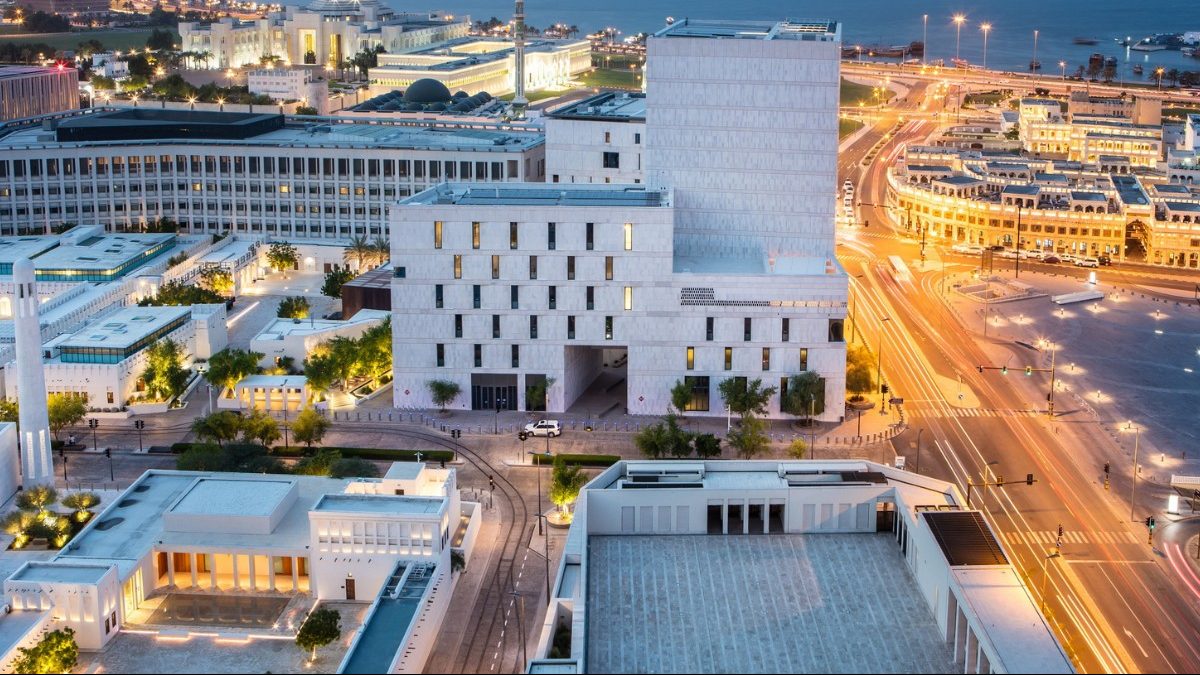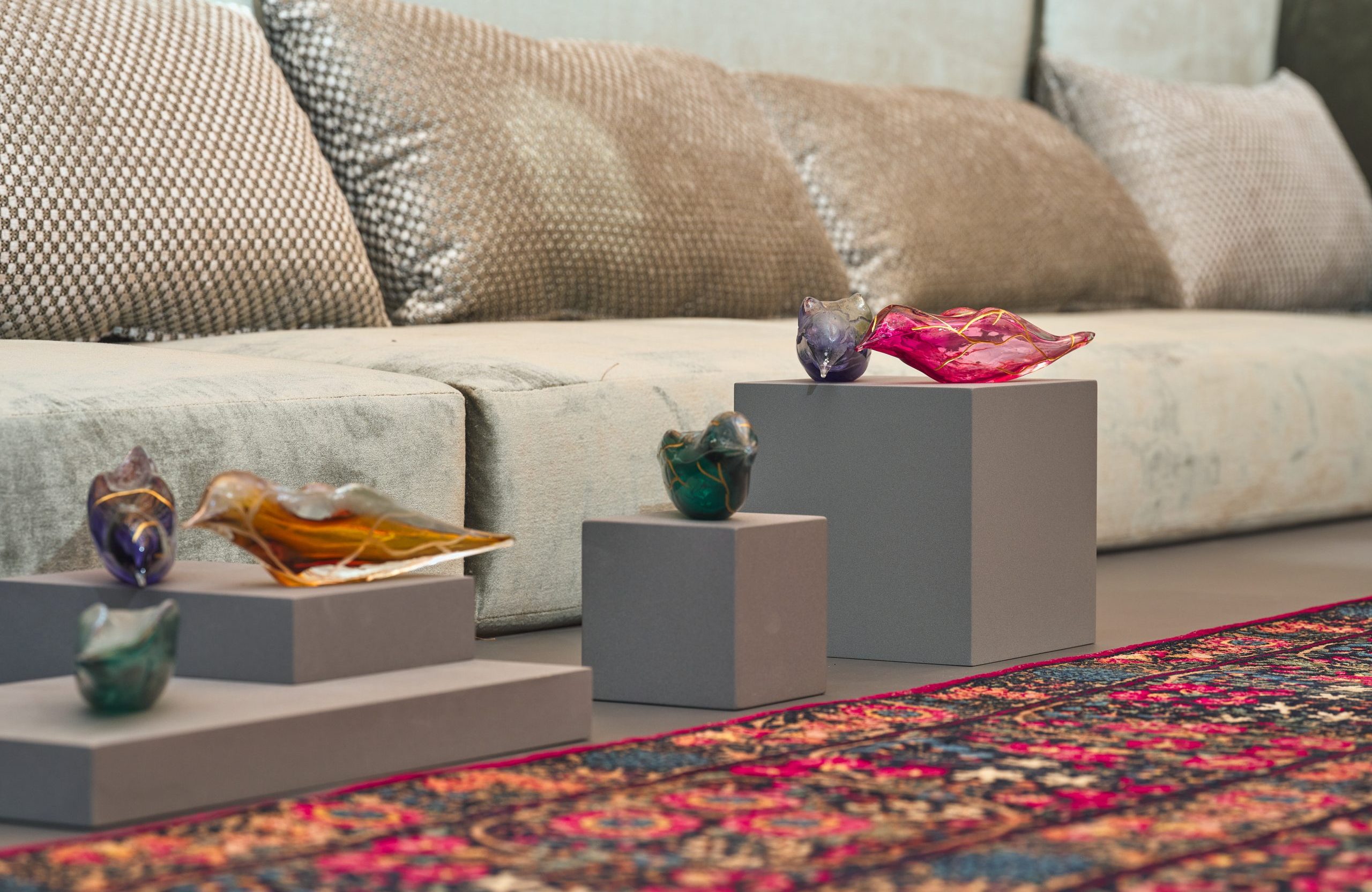60% of all household electricity use is for air conditioning, and district cooling can save up to 40% of that amount of energy compared to traditional cooling systems.
The district cooling industry significantly reduced Qatar’s carbon footprint in 2022, state-owned Kahramaa said.
The district cooling system is one of the most advanced and environmentally friendly cooling systems currently in use.
All stadiums, including those which hosted the FIFA World Cup Qatar 2022, as well as popular tourist destinations like Msheireb Downtown Doha and The Pearl-Qatar and more than 50 towers in Al Dafna, are served by the DC plants.
Around 60% of all household electricity use is for air conditioning, and district cooling can save up to 40% of that amount of energy compared to traditional cooling systems.
District cooling uses a central cooling plant to send chilled water through a network of water pipes to multiple buildings.
“According to recent reports by Kahramaa’s District Cooling Department, the total reduction in Greenhouse Gas Emissions (GHG) in 2022 amounted to approximately 927,875 metric tonnes at the level of cooling services sector,” tweeted Kahramaa.
It is one of the most significant accomplishments of the construction industry sector, and the most energy-efficient air conditioning system, which comes as a part of Qatar’s commitment to climate action in accordance with its National Climate Change Action Plan 2030.
The action is a part of Qatar’s extensive efforts, supported by both public and private institutions, to combat climate change and safeguard the nation’s ecosystem.
Kahramaa supports the creation and widespread application of district cooling systems (DCS), particularly in new construction and urban projects.
Through the use of alternative water resources, such as treated wastewater or seawater, it helps to lower the cost of energy and infrastructure, improve consumption efficiency, and improve Qatar’s water security.
By using less natural gas to generate electricity, protecting the environment, and reducing noise pollution, the system also lowers CO2 emissions.
Additionally, the corporation aims to rationalise the use of potable water and electricity in accordance with its vision, which is to achieve sustainability and protect the environment in line with the objectives of Qatar National Vision 2030, by organising and managing district central cooling services.
Qatar is more committed than ever to lowering its carbon emissions thanks to the growing use of district cooling systems.







